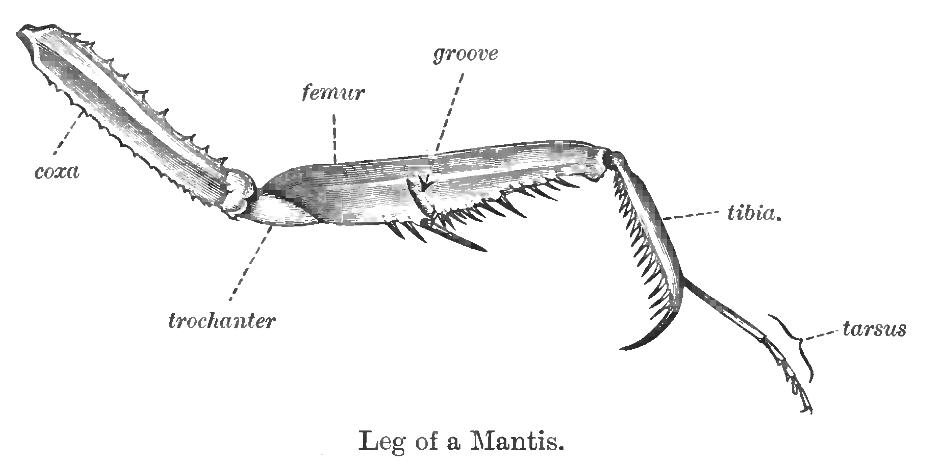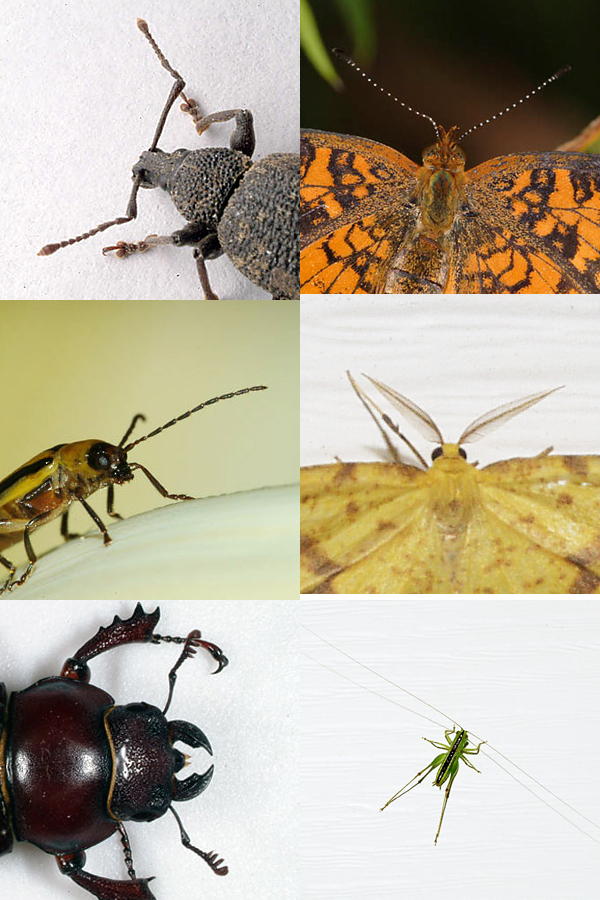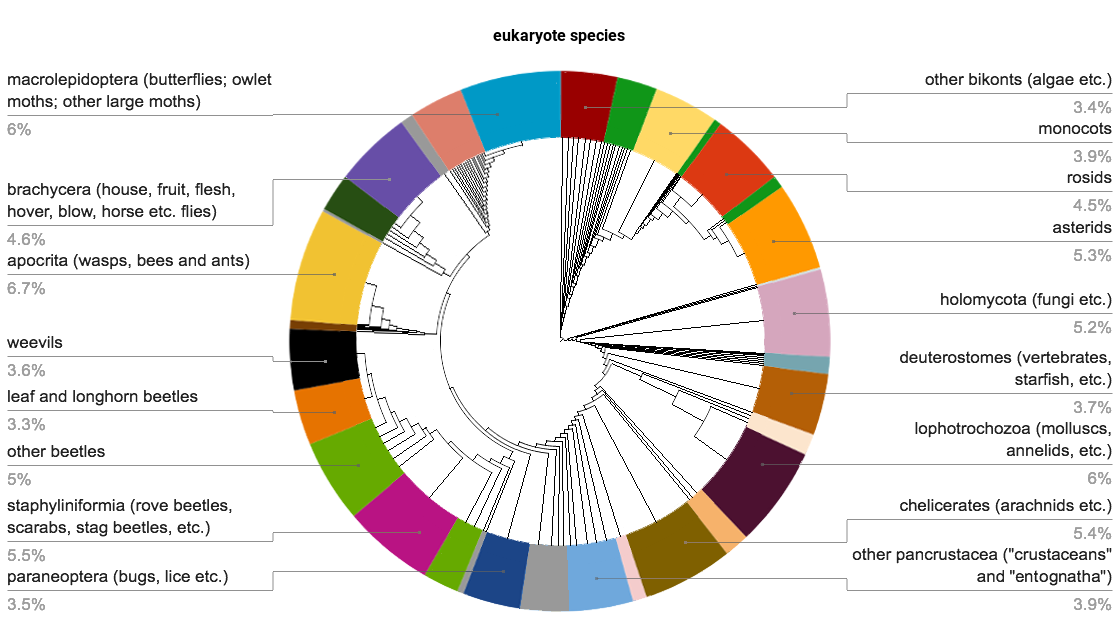|
Phasmomantis Sumichrasti
''Phasmomantis sumichrasti'' is a species of mantis of the family Mantidae. Range It is found in Honduras, Mexico, and the United States (Texas), Kirby, 1904. Page 257. See also *List of mantis genera and species
The following list of mantis genera and species is based on the "Mantodea Species File", which is the primary reference for the taxonomy shown here.
The insect Order (biology), order Mantodea consists of over 2,400 species of mantises in about 460 ...
References External links [...More Info...] [...Related Items...] OR: [Wikipedia] [Google] [Baidu] |
Mantis
Mantises are an order (Mantodea) of insects that contains over 2,400 species in about 460 genera in 33 families. The largest family is the Mantidae ("mantids"). Mantises are distributed worldwide in temperate and tropical habitats. They have triangular heads with bulging eyes supported on flexible necks. Their elongated bodies may or may not have wings, but all Mantodea have forelegs that are greatly enlarged and adapted for catching and gripping prey; their upright posture, while remaining stationary with forearms folded, has led to the common name praying mantis. The closest relatives of mantises are termites and cockroaches (Blattodea), which are all within the superorder Dictyoptera. Mantises are sometimes confused with stick insects ( Phasmatodea), other elongated insects such as grasshoppers (Orthoptera), or other more distantly related insects with raptorial forelegs such as mantisflies (Mantispidae). Mantises are mostly ambush predators, but a few ground-dwelling s ... [...More Info...] [...Related Items...] OR: [Wikipedia] [Google] [Baidu] |
Mantidae
Mantidae is one of the largest families in the order of praying mantises, based on the type species ''Mantis religiosa''; however, most genera are tropical or subtropical. Historically, this was the only family in the order, and many references still use the term "mantid" to refer to any mantis. Technically, however, "mantid" refers only to members of the family Mantidae, and not the 14 remaining families of mantises. Some of the most recent classifications have promoted a number of the mantid subfamilies to the rank of family, e.g. Iridopterygidae, Sibyllidae, Tarachodidae, Thespidae, and Toxoderidae, while other classifications have reduced the number of subfamilies without elevating to higher rank. Subfamilies and genera Following the major revision of the Mantodea in 2019, the ''Mantodea Species File'' includes ten subfamilies: Choeradodinae The Americas, Asia * '' Asiadodis'' Roy, 2004 * ''Choeradodis'' Serville, 1831 * †'' Prochaeradodis'' Piton, 1940 Deroman ... [...More Info...] [...Related Items...] OR: [Wikipedia] [Google] [Baidu] |
Animal Diversity Web
Animal Diversity Web (ADW) is an online database that collects the natural history, classification, species characteristics, conservation biology, and distribution information on thousands of species of animals. The website includes thousands of photographs, hundreds of sound clips, and a virtual museum. Overview The ADW acts as an online encyclopedia, with each individual species account displaying basic information specific to that species. The website used a local, relational database written by staff and student contributors from the University of Michigan. Each species account includes geographic range, habitat, physical description, development, ecosystem roles, reproduction, life span, communication and perception, behavior, food habits, predation, and conservation status. The organization of the site reinforces past biology knowledge by providing sharp images and showing common phyla on the home page. The Animal Diversity Web has resources other than its databa ... [...More Info...] [...Related Items...] OR: [Wikipedia] [Google] [Baidu] |
University Of Michigan
, mottoeng = "Arts, Knowledge, Truth" , former_names = Catholepistemiad, or University of Michigania (1817–1821) , budget = $10.3 billion (2021) , endowment = $17 billion (2021)As of October 25, 2021. , president = Santa Ono , provost = Laurie McCauley , established = , type = Public research university , academic_affiliations = , students = 48,090 (2021) , undergrad = 31,329 (2021) , postgrad = 16,578 (2021) , administrative_staff = 18,986 (2014) , faculty = 6,771 (2014) , city = Ann Arbor , state = Michigan , country = United States , coor = , campus = Midsize City, Total: , including arboretum , colors = Maize & Blue , nickname = Wolverines , sporti ... [...More Info...] [...Related Items...] OR: [Wikipedia] [Google] [Baidu] |
Texas
Texas (, ; Spanish language, Spanish: ''Texas'', ''Tejas'') is a state in the South Central United States, South Central region of the United States. At 268,596 square miles (695,662 km2), and with more than 29.1 million residents in 2020, it is the second-largest U.S. state by both List of U.S. states and territories by area, area (after Alaska) and List of U.S. states and territories by population, population (after California). Texas shares borders with the states of Louisiana to the east, Arkansas to the northeast, Oklahoma to the north, New Mexico to the west, and the Mexico, Mexican States of Mexico, states of Chihuahua (state), Chihuahua, Coahuila, Nuevo León, and Tamaulipas to the south and southwest; and has a coastline with the Gulf of Mexico to the southeast. Houston is the List of cities in Texas by population, most populous city in Texas and the List of United States cities by population, fourth-largest in the U.S., while San Antonio is the second most pop ... [...More Info...] [...Related Items...] OR: [Wikipedia] [Google] [Baidu] |
List Of Mantis Genera And Species
The following list of mantis genera and species is based on the "Mantodea Species File", which is the primary reference for the taxonomy shown here. The insect Order (biology), order Mantodea consists of over 2,400 species of mantises in about 460 genus, genera. 75 of these genera are in the Family (biology), family Mantidae (the mantids), which formerly was sole family recognized within the order. In some cases, common names in the English language are loosely applied to several different members of a particular genus, or even for species in various genera. For example, "giant Asian mantis" is used for various members of ''Hierodula'', "dead leaf mantis" may refer not only to various species of ''Deroplatys'', but to all brown mantises that use leaf mimicry for camouflage. "flower mantis" refers to numerous mantises, especially those belonging to or similar to those of genus ''Creobroter'', and so on. ---For citation of common nomenclature and additional references, see individua ... [...More Info...] [...Related Items...] OR: [Wikipedia] [Google] [Baidu] |
Stagmomantinae
The Stagmomantinae are a subfamily of mantids within the family Mantidae, found in the Americas The Americas, which are sometimes collectively called America, are a landmass comprising the totality of North and South America. The Americas make up most of the land in Earth's Western Hemisphere and comprise the New World. Along with th .... Tribes and Genera The ''Mantodea Species File'' lists five genera in two tribes: Antemnini *'' Antemna'' Stal, 1877 *'' Hondurantemna'' Rodrigues, Rivera, Reid & Svenson, 2017 Stagmomantini *'' Phasmomantis'' Saussure, 1869 *'' Stagmomantis'' Saussure, 1869 *'' Tauromantis'' Giglio-Tos, 1917 References Mantidae Mantodea subfamilies {{mantidae-stub ... [...More Info...] [...Related Items...] OR: [Wikipedia] [Google] [Baidu] |
Mantodea Of North America
Mantises are an order (Mantodea) of insects that contains over 2,400 species in about 460 genera in 33 families. The largest family is the Mantidae ("mantids"). Mantises are distributed worldwide in temperate and tropical habitats. They have triangular heads with bulging eyes supported on flexible necks. Their elongated bodies may or may not have wings, but all Mantodea have forelegs that are greatly enlarged and adapted for catching and gripping prey; their upright posture, while remaining stationary with forearms folded, has led to the common name praying mantis. The closest relatives of mantises are termites and cockroaches (Blattodea), which are all within the superorder Dictyoptera. Mantises are sometimes confused with stick insects ( Phasmatodea), other elongated insects such as grasshoppers (Orthoptera), or other more distantly related insects with raptorial forelegs such as mantisflies (Mantispidae). Mantises are mostly ambush predators, but a few ground-dwelling sp ... [...More Info...] [...Related Items...] OR: [Wikipedia] [Google] [Baidu] |
Insects Of Central America
Insects (from Latin ') are pancrustacean hexapod invertebrates of the class Insecta. They are the largest group within the arthropod phylum. Insects have a chitinous exoskeleton, a three-part body (head, thorax and abdomen), three pairs of jointed legs, compound eyes and one pair of antennae. Their blood is not totally contained in vessels; some circulates in an open cavity known as the haemocoel. Insects are the most diverse group of animals; they include more than a million described species and represent more than half of all known living organisms. The total number of extant species is estimated at between six and ten million; In: potentially over 90% of the animal life forms on Earth are insects. Insects may be found in nearly all environments, although only a small number of species reside in the oceans, which are dominated by another arthropod group, crustaceans, which recent research has indicated insects are nested within. Nearly all insects hatch from eggs. Insect ... [...More Info...] [...Related Items...] OR: [Wikipedia] [Google] [Baidu] |
Insects Of Mexico
Insects (from Latin ') are pancrustacean hexapod invertebrates of the class Insecta. They are the largest group within the arthropod phylum. Insects have a chitinous exoskeleton, a three-part body (head, thorax and abdomen), three pairs of jointed legs, compound eyes and one pair of antennae. Their blood is not totally contained in vessels; some circulates in an open cavity known as the haemocoel. Insects are the most diverse group of animals; they include more than a million described species and represent more than half of all known living organisms. The total number of extant species is estimated at between six and ten million; In: potentially over 90% of the animal life forms on Earth are insects. Insects may be found in nearly all environments, although only a small number of species reside in the oceans, which are dominated by another arthropod group, crustaceans, which recent research has indicated insects are nested within. Nearly all insects hatch from eggs. Inse ... [...More Info...] [...Related Items...] OR: [Wikipedia] [Google] [Baidu] |
Insects Of The United States
Insects (from Latin ') are pancrustacean hexapod invertebrates of the class Insecta. They are the largest group within the arthropod phylum. Insects have a chitinous exoskeleton, a three-part body ( head, thorax and abdomen), three pairs of jointed legs, compound eyes and one pair of antennae. Their blood is not totally contained in vessels; some circulates in an open cavity known as the haemocoel. Insects are the most diverse group of animals; they include more than a million described species and represent more than half of all known living organisms. The total number of extant species is estimated at between six and ten million; In: potentially over 90% of the animal life forms on Earth are insects. Insects may be found in nearly all environments, although only a small number of species reside in the oceans, which are dominated by another arthropod group, crustaceans, which recent research has indicated insects are nested within. Nearly all insects hatch from eg ... [...More Info...] [...Related Items...] OR: [Wikipedia] [Google] [Baidu] |







